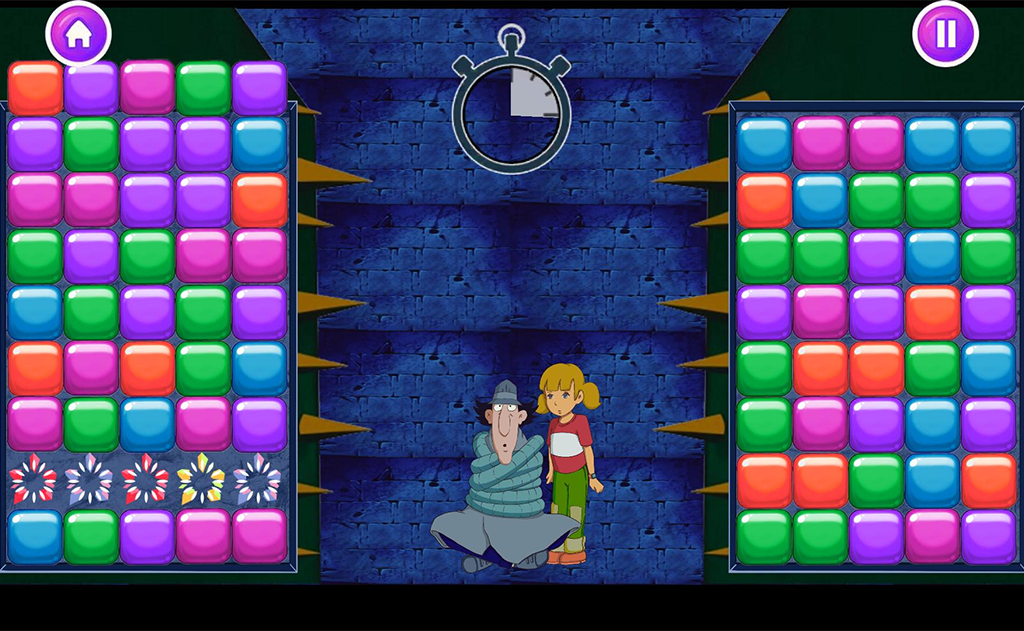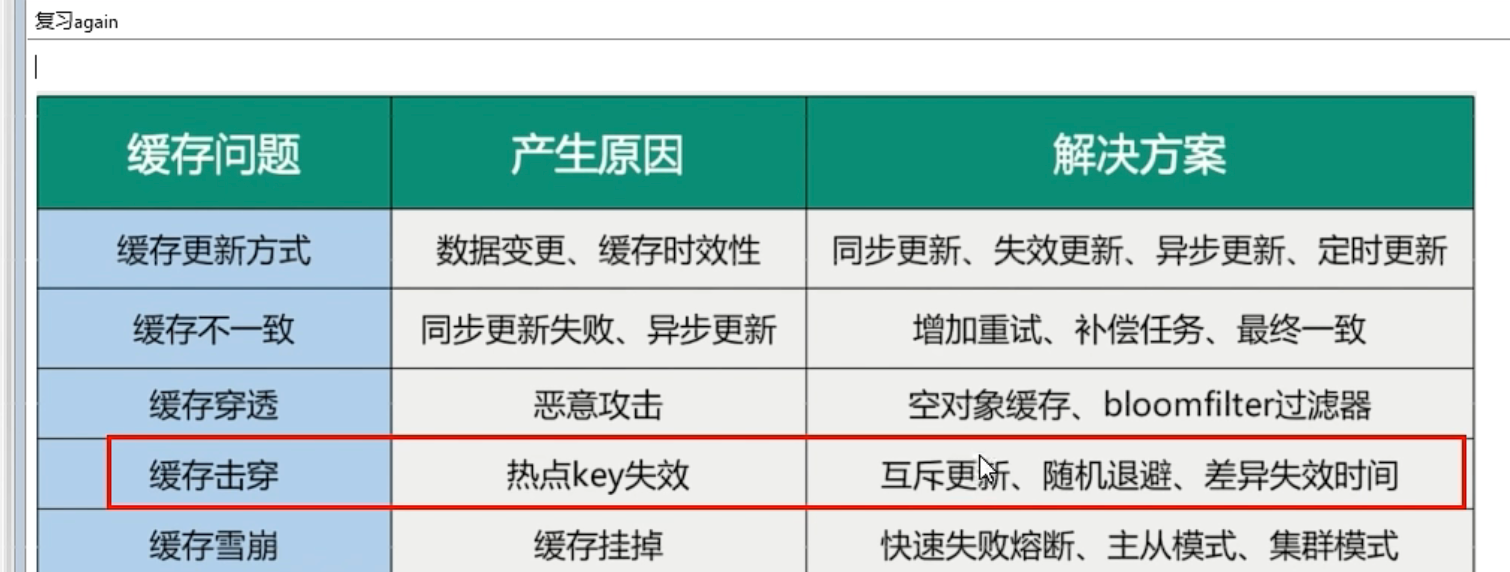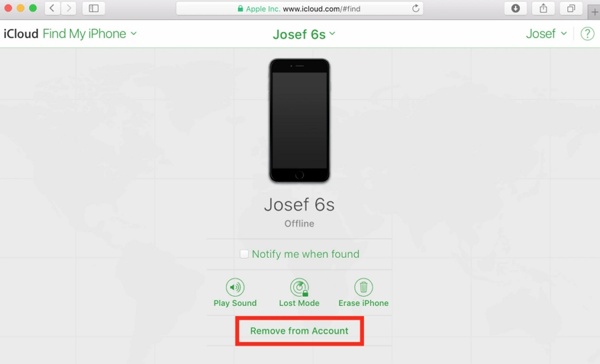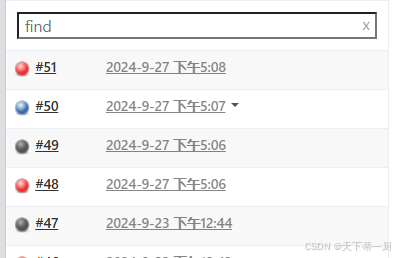前言
netty通信就向一个流水channel管道,我们可以在管道的中间插入一些‘挡板’为我们服务。比如字符串的编码解码,在前面我们使用new StringDecoder(Charset.forName(“GBK”))进行字符串解码,这样我们在收取数据就不需要手动处理字节码。那么本章节我们使用与之对应的new StringEncoder(Charset.forName(“GBK”))进行进行字符串编码,用以实现服务端在发送数据的时候只需要传输字符串内容即可。

MyChannelInitializer
public class MyChannelInitializer extends ChannelInitializer<SocketChannel> {
@Override
protected void initChannel(SocketChannel channel) {
// 基于换行符号
channel.pipeline().addLast(new LineBasedFrameDecoder(1024));
// 解码转String,注意调整自己的编码格式GBK、UTF-8
channel.pipeline().addLast(new StringDecoder(Charset.forName("GBK")));
// 解码转String,注意调整自己的编码格式GBK、UTF-8
channel.pipeline().addLast(new StringEncoder(Charset.forName("GBK")));
// 在管道中添加我们自己的接收数据实现方法
channel.pipeline().addLast(new MyServerHandler());
}
}
public class MyServerHandler extends ChannelInboundHandlerAdapter {
/**
* 当客户端主动链接服务端的链接后,这个通道就是活跃的了。也就是客户端与服务端建立了通信通道并且可以传输数据
*/
@Override
public void channelActive(ChannelHandlerContext ctx) throws Exception {
SocketChannel channel = (SocketChannel) ctx.channel();
System.out.println("链接报告开始");
System.out.println("链接报告信息:有一客户端链接到本服务端");
System.out.println("链接报告IP:" + channel.localAddress().getHostString());
System.out.println("链接报告Port:" + channel.localAddress().getPort());
System.out.println("链接报告完毕");
//通知客户端链接建立成功
String str = "通知客户端链接建立成功" + " " + new Date() + " " + channel.localAddress().getHostString() + "\r\n";
ctx.writeAndFlush(str);
}
/**
* 当客户端主动断开服务端的链接后,这个通道就是不活跃的。也就是说客户端与服务端的关闭了通信通道并且不可以传输数据
*/
@Override
public void channelInactive(ChannelHandlerContext ctx) throws Exception {
System.out.println("客户端断开链接" + ctx.channel().localAddress().toString());
}
@Override
public void channelRead(ChannelHandlerContext ctx, Object msg) throws Exception {
//接收msg消息{与上一章节相比,此处已经不需要自己进行解码}
System.out.println(new SimpleDateFormat("yyyy-MM-dd HH:mm:ss").format(new Date()) + " 接收到消息:" + msg);
//通知客户端链消息发送成功
String str = "服务端收到:" + new Date() + " " + msg + "\r\n";
ctx.writeAndFlush(str);
}
/**
* 抓住异常,当发生异常的时候,可以做一些相应的处理,比如打印日志、关闭链接
*/
@Override
public void exceptionCaught(ChannelHandlerContext ctx, Throwable cause) throws Exception {
ctx.close();
System.out.println("异常信息:\r\n" + cause.getMessage());
}
}
public class NettyServer {
public static void main(String[] args) {
new NettyServer().bing(7397);
}
private void bing(int port) {
//配置服务端NIO线程组
EventLoopGroup parentGroup = new NioEventLoopGroup(); //NioEventLoopGroup extends MultithreadEventLoopGroup Math.max(1, SystemPropertyUtil.getInt("io.netty.eventLoopThreads", NettyRuntime.availableProcessors() * 2));
EventLoopGroup childGroup = new NioEventLoopGroup();
try {
ServerBootstrap b = new ServerBootstrap();
b.group(parentGroup, childGroup)
.channel(NioServerSocketChannel.class) //非阻塞模式
.option(ChannelOption.SO_BACKLOG, 128)
.childHandler(new MyChannelInitializer());
ChannelFuture f = b.bind(port).sync();
System.out.println("server start done. {关注明哥,获取源码}");
f.channel().closeFuture().sync();
} catch (InterruptedException e) {
e.printStackTrace();
} finally {
childGroup.shutdownGracefully();
parentGroup.shutdownGracefully();
}
}
}
启动nettyServer进行测试


好了到这里就结束了基础netty之NettyServer字符串编码器的学习,大家一定要跟着动手操作起来。需要的源码的 可si我获取;



















